When I first started using generative AI tools, the images that the models generated were okay but they weren't really spectacular. I was extremely impressed with the technology, but I thought that it would take a long time before I'd be able to create photorealistic images using nothing more than words.
It wasn't just me who thought like that. At the time, that was the popular opinion. Very few people could say with confidence that these major changes would happen quickly. I was shocked when I saw that several months later, you could make photorealistic images with text-to-image models.
Dall-E is a generative AI model that's been around since January 2021. However, I wasn't particularly impressed with the first two iterations. They were good, but I felt like something was missing. That all changed when the OpenAI team released the third iteration of the Dall-E model.
Dall-E 3 is capable of producing extraordinary photorealistic images. You've likely already seen them but just don't know it. That's another interesting phenomenon that started occurring after these generative AI models reached a certain level of quality in image generation.
It's now become common for me to stumble across AI-generated images of landscapes or even buildings that look real. Some of these accounts don't even say that the image was generated with the help of artificial intelligence, so people are fooled into thinking they're real. But if you've been interacting with these models for a while, you usually find a way to distinguish between real and AI-generated images.
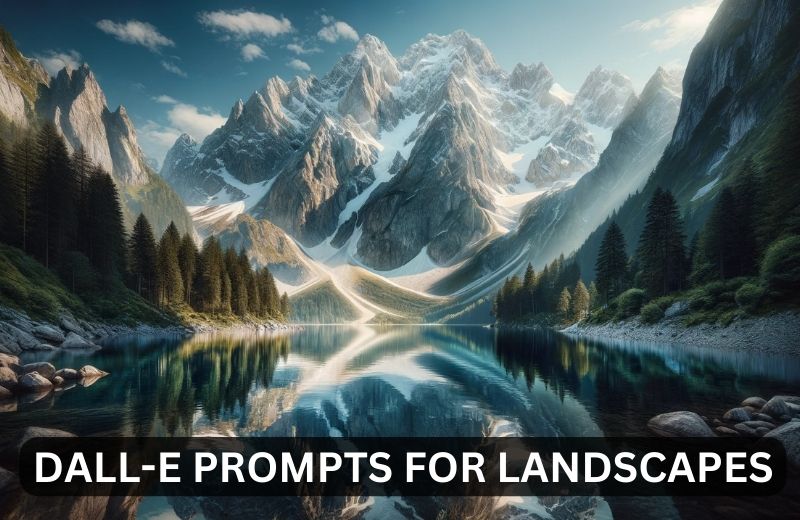
How to Write Dall-E 3 Prompts for Landscapes
One of the most popular debates among AI artists right now is whether Dall-E or Midjourney is better. Teams behind both of these generative AI models released massive updates recently. The OpenAI team released the third iteration of the Dall-E model while the Midjourney team released the sixth iteration of their model.
Both produce excellent results. I would say that Midjourney is better when it comes to creating photorealistic images, while Dall-E is superior when it comes to illustrations. That's not to say that Dall-E can't produce amazing photorealistic results, as you'll get a chance to see in the next section of the article.
If you've never written prompts for landscapes before, then it will likely seem complicated at first. But as soon as you write several different prompts, you'll get the hang of it pretty quickly.
What I would advise in the beginning is for you to do a Google search for the term "professional landscape photography" and open up some of the results you get on the first page. There, you'll likely find photographers describing their photos. Include some of the words or phrases that photographers use when you're writing your prompts.
Another thing that you should consider doing is getting familiar with some of the most popular cameras that photographers use today, as well as popular focal lengths. This is all valuable information that you can include in your prompts to get spectacular results. And I'll show you exactly how to do it through my prompt examples.
10 Dall-E 3 Prompt Examples for Landscapes
Although you can write a simple instruction like "create an image of a sandy beach at sunset" and get great results, my opinion is that it's always better to get into more detail when you're writing prompts. If you write a more detailed prompt, it will make your image stand out. Here are some of the prompts I've written to showcase the capabilities of Dall-E 3 when it comes to making landscape images.
prompt #1: photorealistic image shot with Panasonic Lumix S1, 24mm lens, an ancient castle perched on a cliff overlooking a tranquil lake, surrounded by mist-covered mountains, conveying a sense of mystery and grandeur, timeless beauty, aspect ratio 16:9
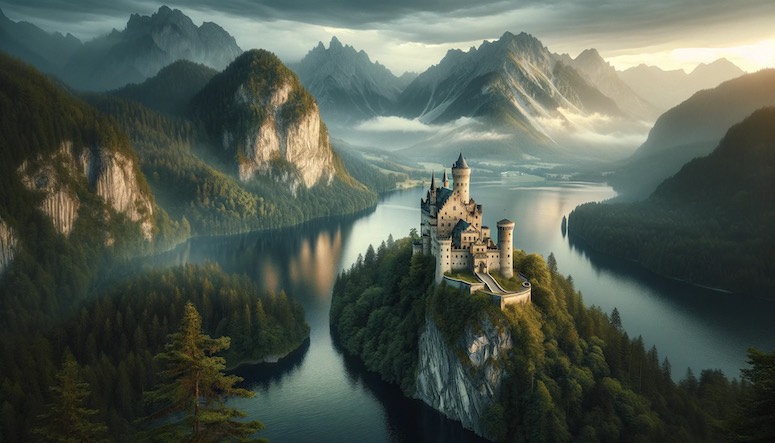
This is an amazing image and I feel like the length of the prompt is perfect when you want the AI model to generate a photorealistic result. It's essentially written in a way that a photographer would describe a shot that they took.
Since this is a landscape image, it only made sense to ensure that the aspect ratio is 16:9 instead of the standard square format. As you can see, it's easy to instruct the AI model to apply a certain aspect ratio to the image.
There is a tremendous amount of detail in this image and for the most part everything looks real. If you really zoom in, you might notice some strange parts of the castle but that's okay considering how complex the image is.
prompt #2: photorealistic image shot with Leica Q2, 21mm lens, an expansive lavender field in Provence under a starlit sky, creating a dreamy and surreal ambiance, a celestial symphony of colors and scents, night in bloom, aspect ratio 16:9
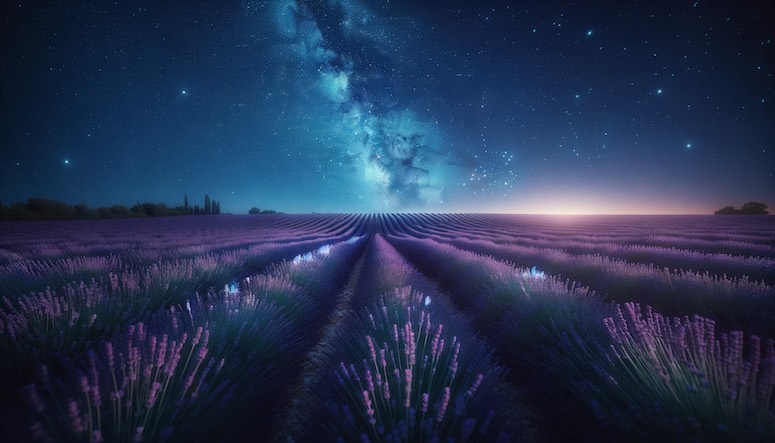
People who have spent nearly all of their lives in big cities usually have no idea what the night sky looks like when there is no light pollution. Although I also live in a big city, I like to do some stargazing when I travel to sparsely populated areas.
Notice how I mention a specific camera model and focal length in each of my prompts. I said that this was an important part when it comes to writing prompts in the previous section of the article. It gives the AI model a specific instruction that makes the generated result look more real.
prompt #3: photorealistic image shot with Sony A6400, 24mm lens, a tranquil bamboo forest in Kyoto, with dappled sunlight filtering through the dense green canopy, creating a serene and meditative atmosphere, aspect ratio 16:9
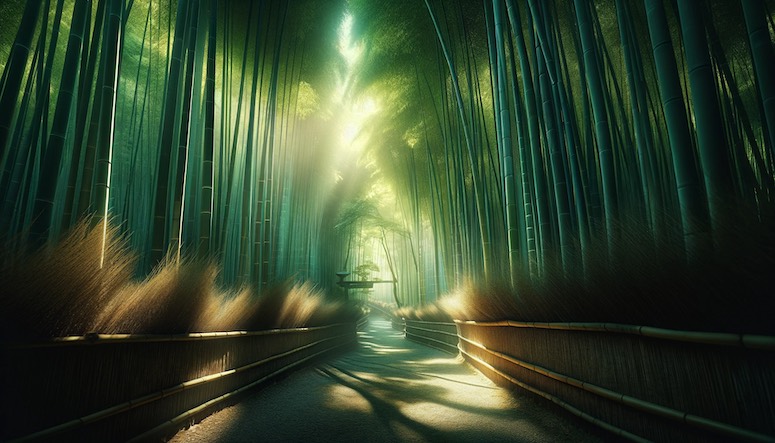
I've never been to Japan even though it's on my bucket list. I'm sure that I'll have a chance to visit this beautiful country one day. Although I've personally never been there, I already have a list of places that I would visit. One of them is without a doubt the Arashiyama Bamboo Forest in Kyoto. I imagine that walking through the forest is an incredibly serene experience.
prompt #4: stunning long-exposure shot taken with Sony RX100 VII, 21mm lens, a celestial meteor shower over a tranquil desert landscape, with shooting stars streaking across the night sky, aspect ratio 16:9

One of my favorite keywords that I use when I'm writing prompts for photorealistic images is "long-exposure shot". Using this keyword with the right theme can produce powerful results. Just look at the image above.
Meteor showers are another phenomenon that you can only truly appreciate if you're in an area where there is little to no light pollution. I like how the reflection of some of these meteors is perfectly aligned with the imagery in the sky.
prompt #5: photorealistic image captured with Sony A7 III, 24mm lens, a majestic alpine lake nestled between snow-capped peaks, reflecting the towering mountains and the clear blue sky, aspect ratio 16:9
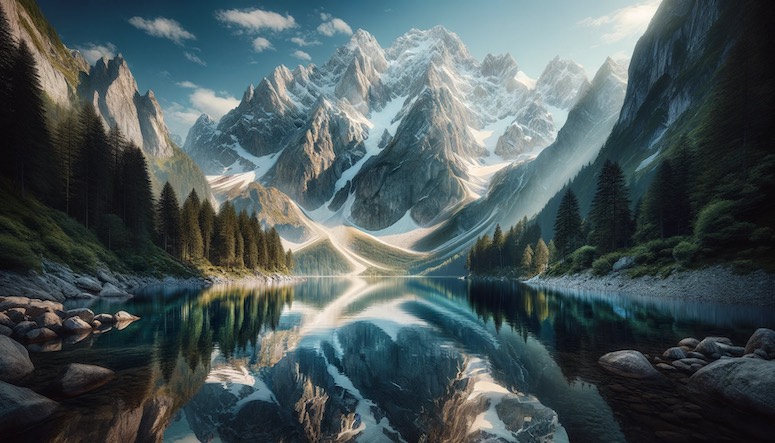
Wow! This has got to be my favorite image that I created for this article. Most of all, I really like the level of detail featured here. This reminds me of the images that I see on social media where accounts post them and pretend like it's actual photographs. People often get easily tricked both because they don't search for errors and because these generative AI models are so powerful that they produce outstanding results.
prompt #6: photorealistic image taken with Panasonic Lumix S5, 18mm lens, a hidden slot canyon illuminated by the soft glow of sunlight filtering through narrow openings, creating captivating patterns of light and shadow, aspect ratio 16:9
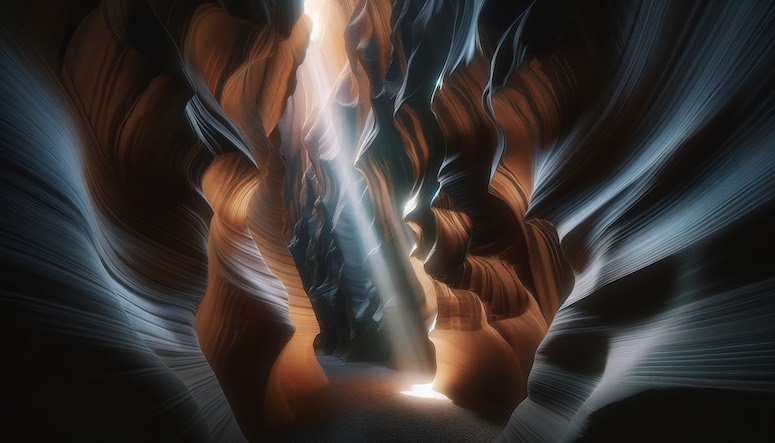
This one instantly reminded me of the movie 127 Hours which is about a mountain climber who gets trapped under a boulder in Moab, Utah. The textures here are perhaps too smooth. Although it looks like a photorealistic image, it gives the impression that it was enhanced after it was taken.
prompt #7: photorealistic image taken with Nikon Z50, 18mm lens, a vast and untouched wilderness, with a winding river flowing through a dense forest, showcasing the pristine beauty of untouched nature, aspect ratio 16:9
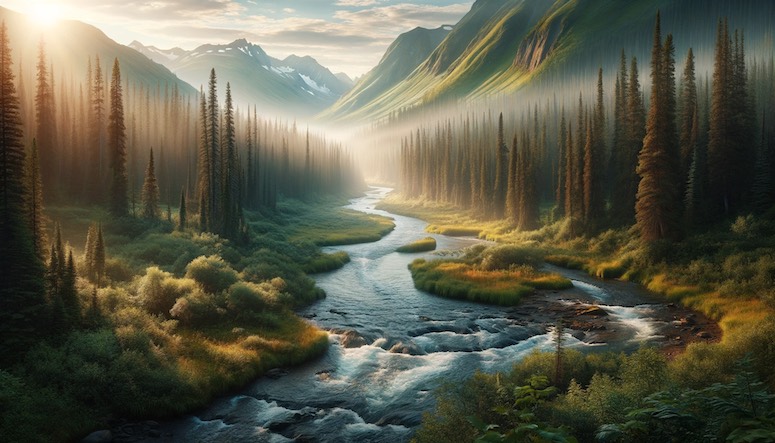
This is an image that I feel you could easily tell was created with artificial intelligence if you look closely enough. However, at first glance, it will appear as a real photo. What I appreciate the most here is how the water flows down this river.
prompt #8: photorealistic image shot with Nikon Z6, 21mm lens, a dense and mystical fog rolling over a tranquil forest, creating an ethereal and dreamlike atmosphere, aspect ratio 16:9
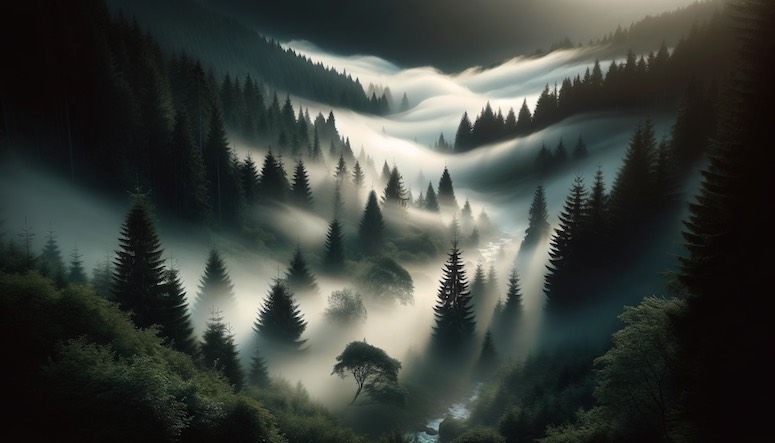
This is such a calming image. I almost want to use it as a wallpaper. The words you use in your prompts will always have a huge influence on the overall image. In this case, the use of words like "tranquil", "dreamlike", and "ethereal" had a big role in shaping this image to give off this calm vibe.
prompt #9: photorealistic image taken with Fujifilm X-T3, 16mm lens, a vibrant and diverse coral reef teeming with marine life, showcasing the intricate beauty of the underwater world, marine biodiversity, aspect ratio 16:9
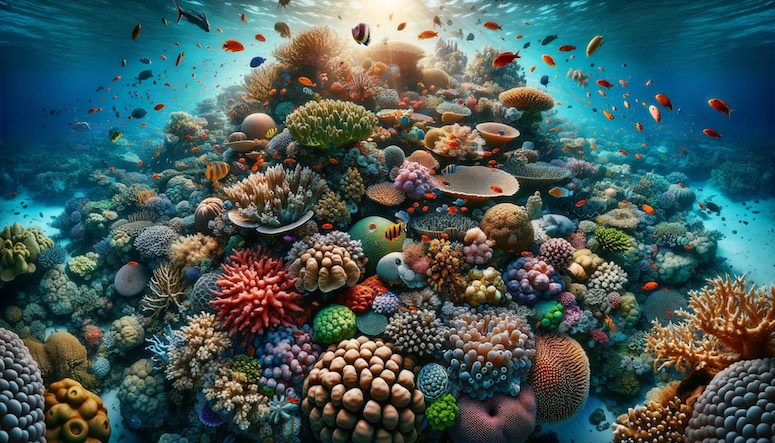
Even though text-to-image AI models are incredibly powerful, they still have limitations. When these models create an image that features an insane amount of detail, they're bound to make a lot of errors. They don't have to be big errors, but they're easily noticeable if you zoom in.
Despite this image containing weird objects that look like fish but aren't, I still decided to include this result in the article. I did this because I wanted to show you that you shouldn't expect too much from a generative AI model. Although their capabilities are mind-blowing, they're still far from perfect.
prompt #10: photorealistic image captured with Nikon D750, 24mm lens, a majestic waterfall surrounded by autumn foliage, the vibrant colors of fall framing the powerful cascade, aspect ratio 16:9
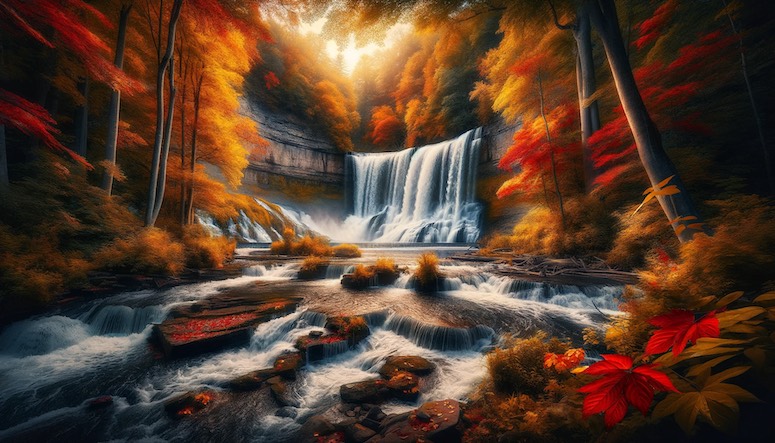
This is a prompt that I had to use multiple times in order to get a good result. Sometimes, the images generated from prompts like this will seem more like digital paintings than photographs. However, you likely won't encounter this issue when you're using Midjourney. That's why I previously noted that Midjourney is usually better when it comes to photorealistic images while Dall-E is superior for illustrations.
Final Thoughts
If you showed any of the images featured in this article to someone they'd likely have a hard time figuring out if they were generated by AI. That's how good this technology is, and it will only keep getting better.
Generative AI models have come a long way in the last few years. Creating images like these was difficult to imagine just two years ago, and now it's become a reality. It makes you wonder how fast artificial intelligence will progress in the future.
One of my core beliefs regarding artificial intelligence is that AI art will become extremely popular in the coming years. Although it's already quite popular, there are many who still don't understand it. But that will change over time and more people will begin to use text-to-image AI tools. Now is the best time to stay ahead of most people and develop your skills for when they'll be very useful.